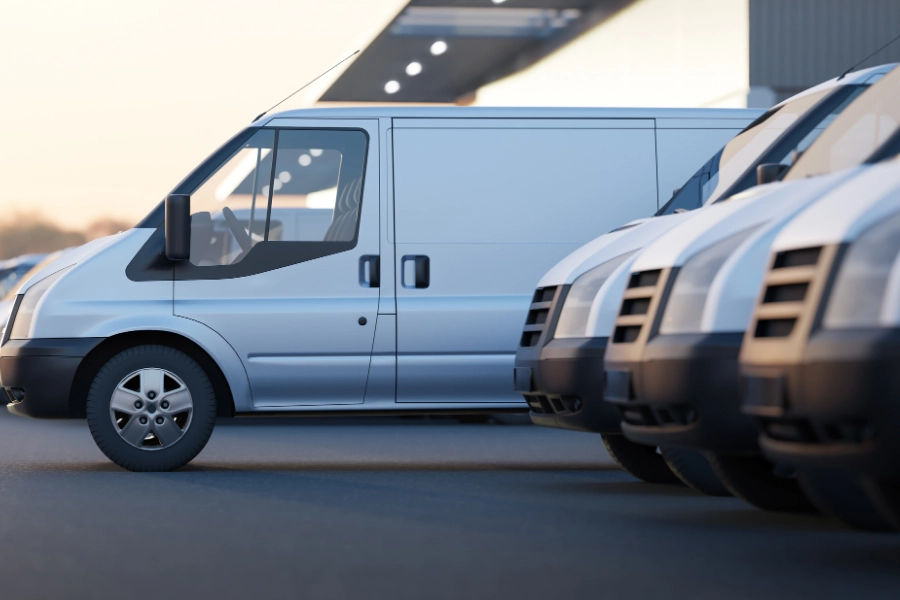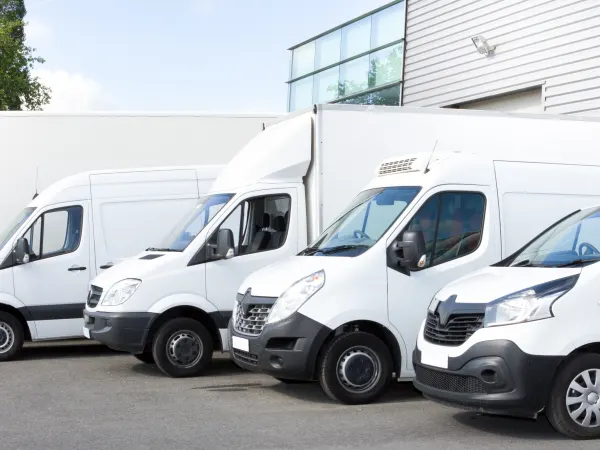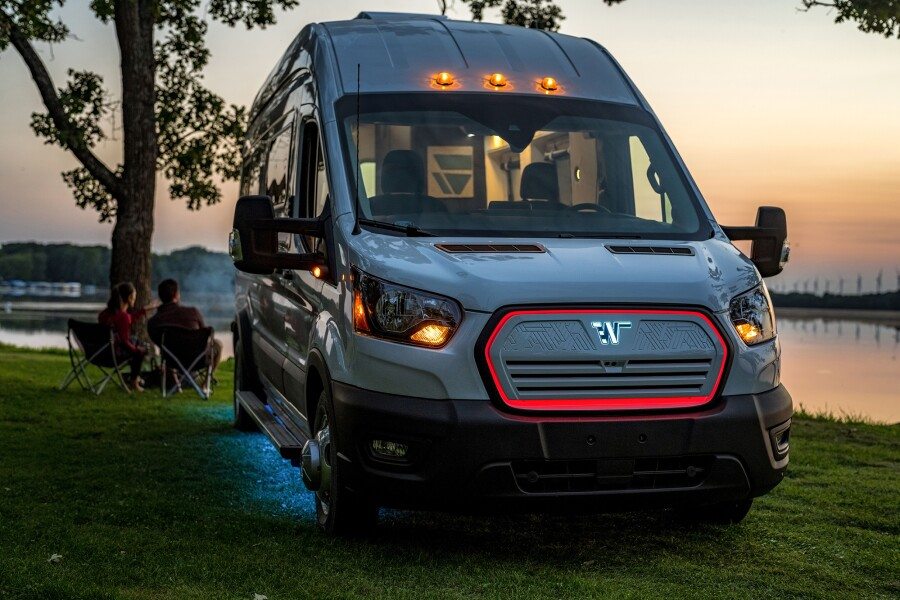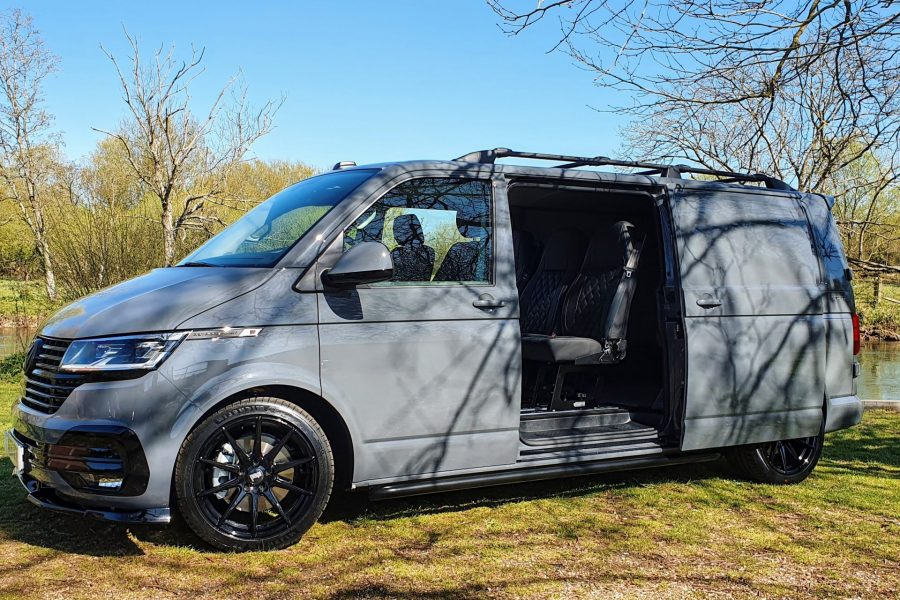Electric Vans: The Future of Eco-Friendly Deliveries

The logistics and delivery industry is undergoing a major transformation with the rapid adoption of electric vans. As environmental concerns grow and governments impose stricter emissions regulations, companies are turning to electric vehicles (EVs) to meet their delivery needs while reducing their carbon footprint. Electric vans are not only a greener alternative but also offer significant long-term savings and efficiency improvements. In this article, we’ll explore how electric vans are shaping the future of eco-friendly deliveries, their benefits, and the challenges they face.

Why Electric Vans Are the Future of Deliveries
The shift toward electric vans in the delivery sector is driven by a combination of factors. Increasing consumer demand for sustainability, rising fuel costs, and stricter emissions regulations are all pushing businesses to explore cleaner alternatives. Electric vans have emerged as a practical solution to these challenges, providing a more environmentally friendly and cost-effective means of transporting goods.
- Environmental Benefits
The most significant advantage of electric vans is their environmental impact—or lack thereof. Unlike traditional diesel-powered delivery vehicles, electric vans produce zero tailpipe emissions, significantly reducing air pollution in urban areas. As more cities implement low-emission zones (LEZs), electric vans allow delivery companies to comply with these regulations while also contributing to cleaner air and a healthier environment.
By transitioning to electric vans, businesses can reduce their greenhouse gas emissions and help combat climate change. This not only benefits the planet but also enhances a company’s reputation, as more consumers prioritize eco-friendly brands.
- Cost Efficiency
Although electric vans may have a higher upfront cost compared to traditional vehicles, they offer long-term savings that make them an attractive investment for businesses. EVs have lower operating costs due to reduced maintenance and lower energy expenses. Electric vans require fewer repairs because they have fewer moving parts than internal combustion engine (ICE) vehicles. Additionally, electricity is generally cheaper than diesel or gasoline, leading to savings on fuel over time.
Incentives such as tax credits, grants, and rebates for purchasing electric vehicles also help to offset the initial cost, making it easier for companies to transition their fleets to electric.
Key Features of Electric Vans
Electric vans are becoming increasingly sophisticated, offering features that enhance their performance and make them suitable for a variety of delivery needs.
- Range and Battery Life
One of the primary concerns for businesses considering electric vans is range. Early EV models had limited driving ranges, which made them impractical for longer delivery routes. However, advances in battery technology have led to significant improvements in range. Many modern electric vans can travel over 150 miles on a single charge, with some models exceeding 200 miles, making them viable for most urban and suburban delivery routes.
- Charging Infrastructure
The availability of charging infrastructure is critical to the widespread adoption of electric vans. Fortunately, governments and private companies are investing heavily in expanding EV charging networks. Fast-charging stations allow electric vans to recharge in as little as 30 minutes, minimizing downtime and keeping fleets on the road. Additionally, businesses can install charging stations at their depots to ensure that their vehicles are fully charged at the start of each day.
- Advanced Telematics
Electric vans often come equipped with advanced telematics systems that help fleet managers monitor vehicle performance and optimize delivery routes. These systems track battery levels, energy consumption, and maintenance needs, providing valuable insights that can improve fleet efficiency. By using data-driven strategies, businesses can ensure their electric vans are operating at peak performance while minimizing downtime.
Challenges Facing Electric Vans
While electric vans offer many benefits, there are still challenges to overcome before they become the dominant vehicle in the delivery industry.
- Limited Range for Long-Distance Deliveries
Despite advancements in battery technology, range anxiety remains a concern for businesses that handle long-distance deliveries. While electric vans are ideal for urban routes, they may not yet be suitable for rural or intercity deliveries that require greater range. However, with ongoing improvements in battery capacity and the expansion of fast-charging networks, these concerns are expected to diminish in the coming years.
- Upfront Costs
Although electric vans offer long-term savings, their initial purchase price can be prohibitive for small businesses with tight budgets. The higher cost of electric vehicles compared to traditional vans is a barrier to widespread adoption, especially for companies that need to replace or expand their fleets. However, as production costs for EVs decrease and more financial incentives become available, the gap between electric and ICE vehicles is expected to narrow.
- Charging Infrastructure Expansion
While urban areas are seeing rapid growth in EV charging infrastructure, rural areas still lag behind. To fully support the transition to electric vans, charging stations need to be available in more remote locations. This will ensure that businesses can operate their fleets efficiently, regardless of the route or location.
The Future of Electric Vans in Delivery
The future of eco-friendly deliveries is undoubtedly electric. With advancements in battery technology, expanding charging infrastructure, and increasing consumer demand for sustainability, electric vans are poised to become the standard for urban deliveries. As governments continue to tighten emissions regulations and offer incentives for green transportation, more businesses will adopt electric vans to reduce their environmental impact and improve operational efficiency.
Conclusion
Electric vans represent the future of eco-friendly deliveries, offering businesses a cleaner, more efficient way to transport goods. With zero emissions, lower operating costs, and growing government support, electric vans are set to transform the logistics industry. As technology continues to evolve, the challenges facing electric vans will diminish, making them an even more attractive option for businesses looking to reduce their carbon footprint and stay ahead in the competitive delivery market.



